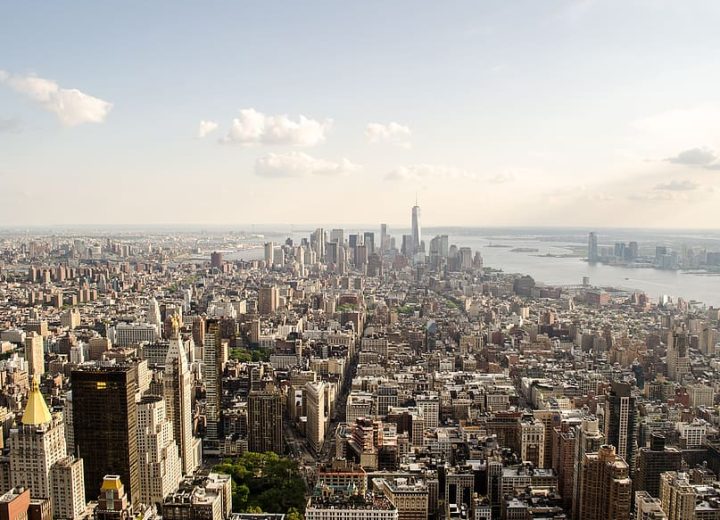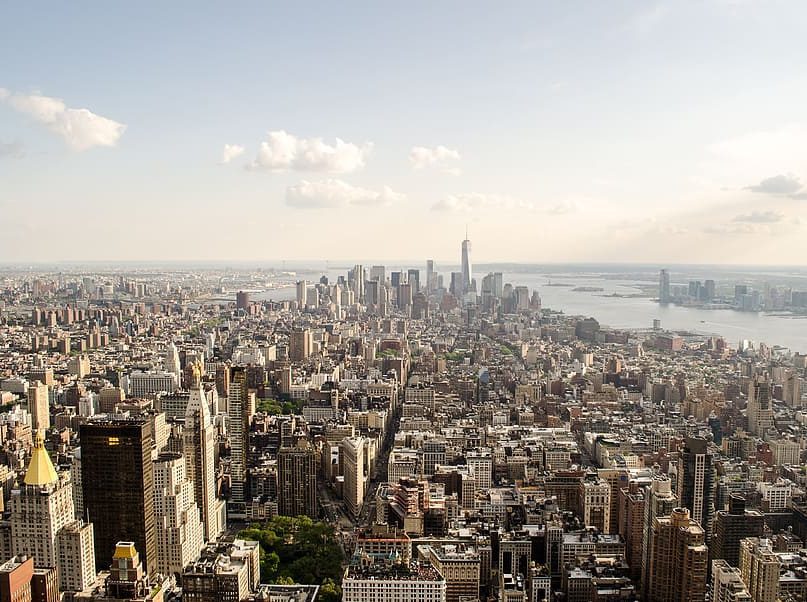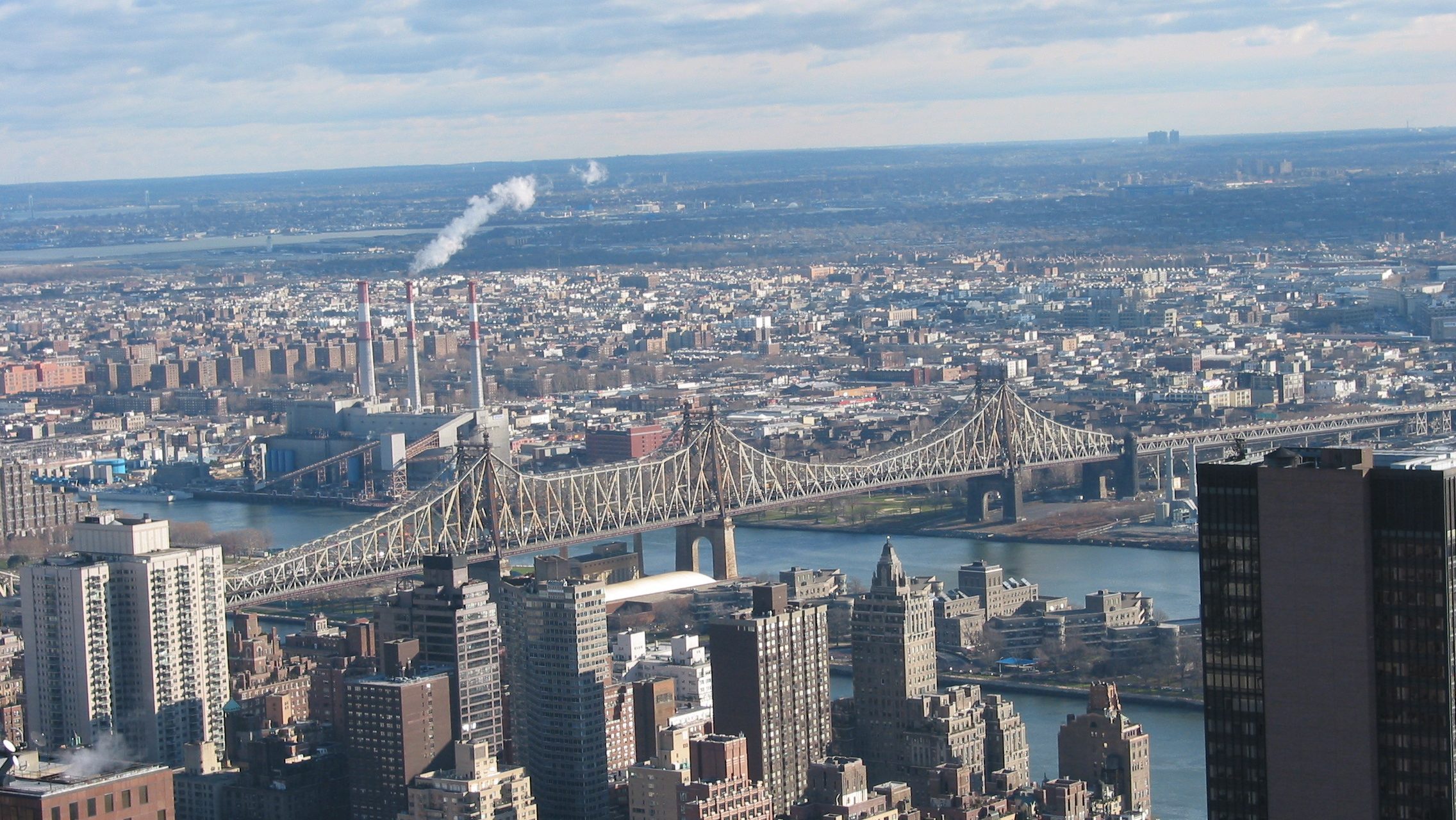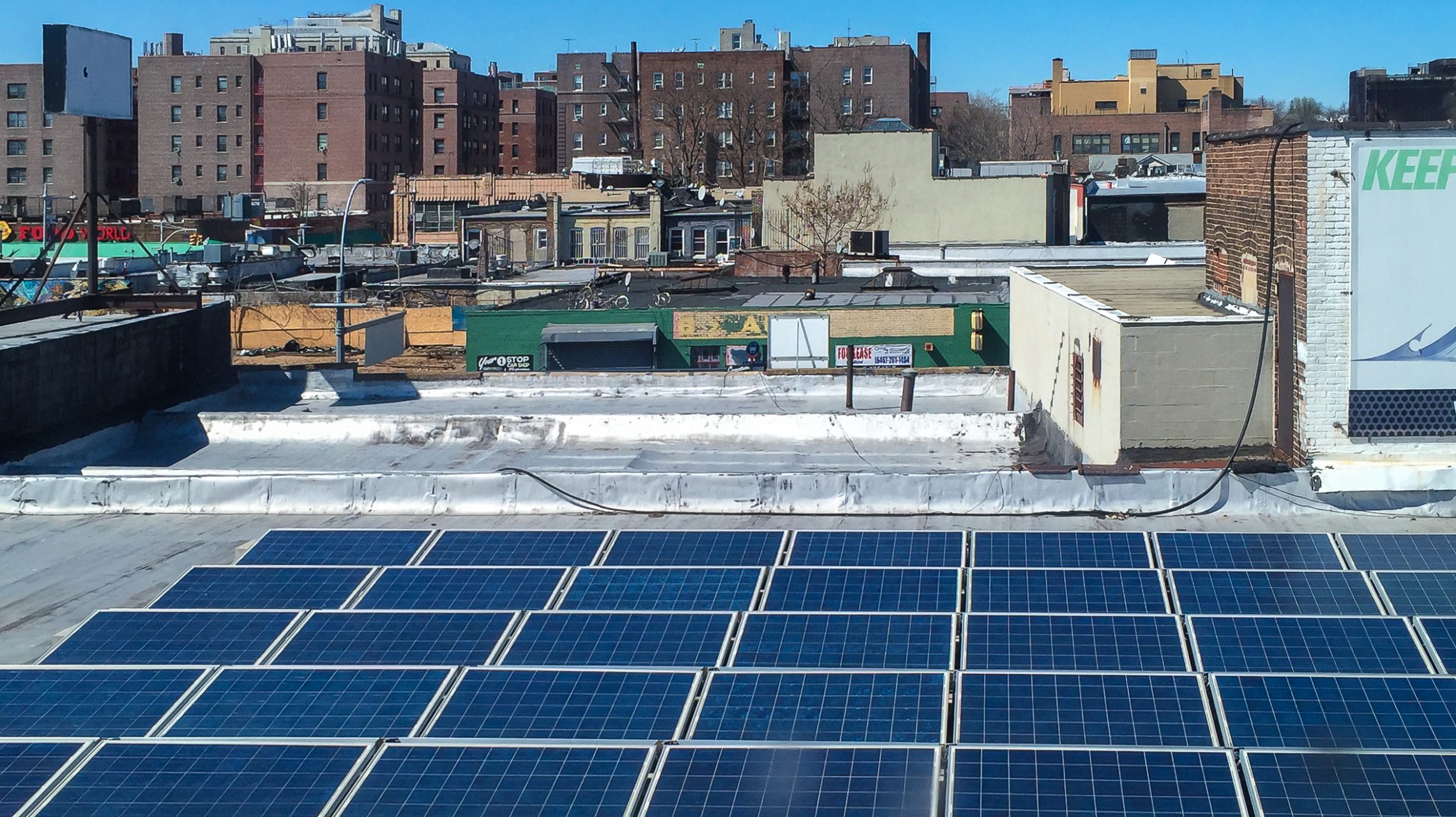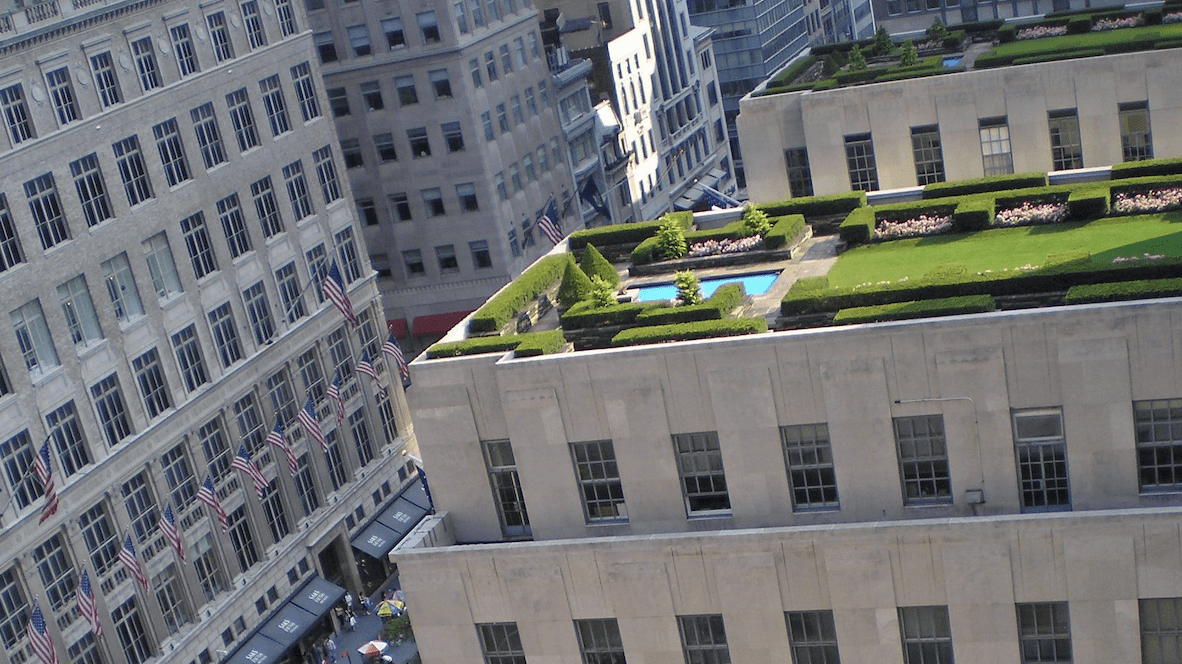The historic legislation makes New York the first city in the world to place hard limits on the emissions of large buildings, and it has been touted by supporters as being the most ambitious climate legislation enacted by any city to date.
For building owners, the new laws mean new requirements for everything from building emissions to roof materials, and while some of the changes go into effect years in the future, others start as soon as this fall. The time to become familiar with the new rules is now, as achieving compliance may take substantial advance planning and budgeting, and, especially for older buildings, no small measure of ingenuity.
What Is the Most Important Thing to Know about the New Legislation?
The centerpiece of the Climate Mobilization Act is Local Law 97 of 2019, which requires certain large buildings in the city to drastically cut carbon emissions to meet successively lower targets, beginning in 2024. More about that later. What owners should focus on first is Local Law 92 and Local Law 94, which go into effect much sooner (November 2019) and apply to more buildings (nearly all of them).
Local Laws 92 and 94 mandate that roofs on new construction, new roofs resulting from the expansion of existing buildings, and roofs undergoing complete replacement – including the roof deck – be covered with either solar panels or a green (vegetated) roof system. Replacing the entire existing roof deck or roof assembly will trigger compliance with these new laws. Although exceptions are granted for Fire Code compliance access, small terraces, recreational spaces, and areas housing rooftop equipment, 100 percent of the remaining roof areas are now considered “sustainable roofing zones” and must be equipped with a solar photovoltaic system or a vegetated roof assembly – or both.
Steep-slope roofs are exempt from the green roof requirement, but if they can accommodate at least 4kW electricity generating capacity, they must have solar panels. Historic buildings subject to Landmarks Preservation Commission (LPC) regulations are NOT exempt from Local Laws 92 and 94, but the proposed assembly must first be approved by the LPC before being submitted to the DOB for permit approval.
For all buildings, roof areas unfavorable to either a vegetated or a photovoltaic assembly, as in cases where the building structure cannot support the added weight, may receive an exemption.
Even for some roof projects that don’t involve full roof assembly or roof deck replacement, the law increases solar reflectance requirements for low-slope roofs and establishes minimum solar reflectance for steep-slope roofs. Certain materials, including glass, metal, clay, and concrete tile, are exempt, as are small roofs and minor setbacks. However, the requirements for solar reflectance are not only more stringent, they apply to many more buildings and roof types than in the past.
For building owners, this means that imminent roof assembly and roof deck replacements, as well as building expansions and new construction projects, need to comply with Local Laws 92 and 94. Solar arrays and green roofs may require structural modifications to accommodate the additional weight, so owners should factor this into their budgeting and timeline.
While both types of assemblies can mean long-term energy cost savings, the up-front expense, as compared with traditional roof systems, can be substantially greater. Owners planning expansions, roof replacements that include the roof deck, or new construction should start preparing now for the new design considerations and address any obstacles to compliance.
Projects with construction documents approved on or after November 15, 2019 will be subject to the new requirements.
